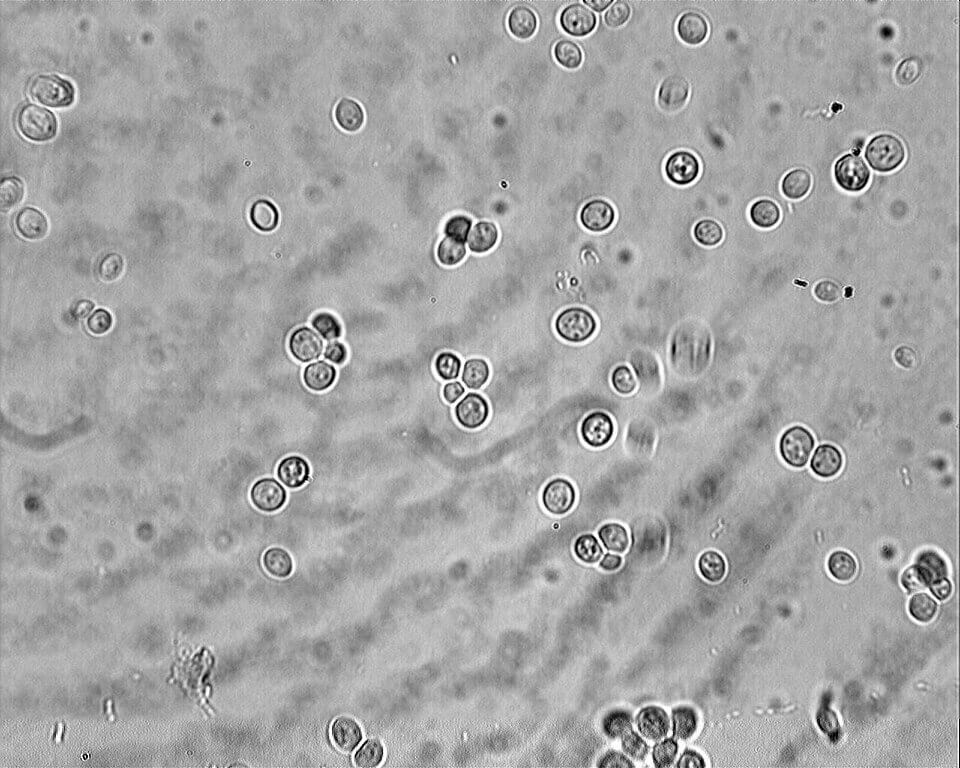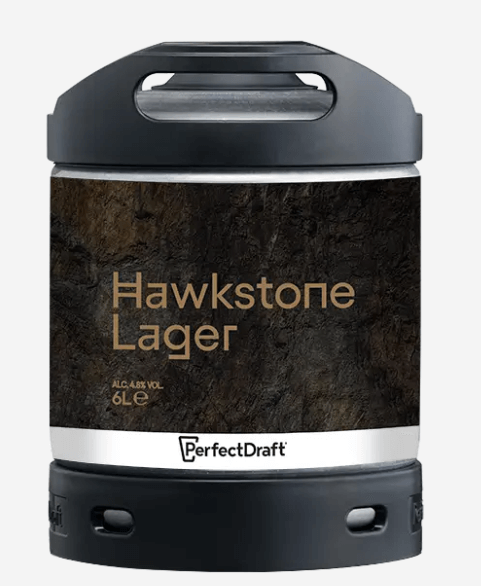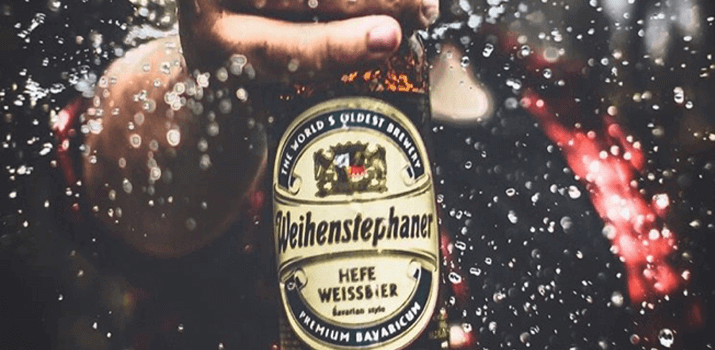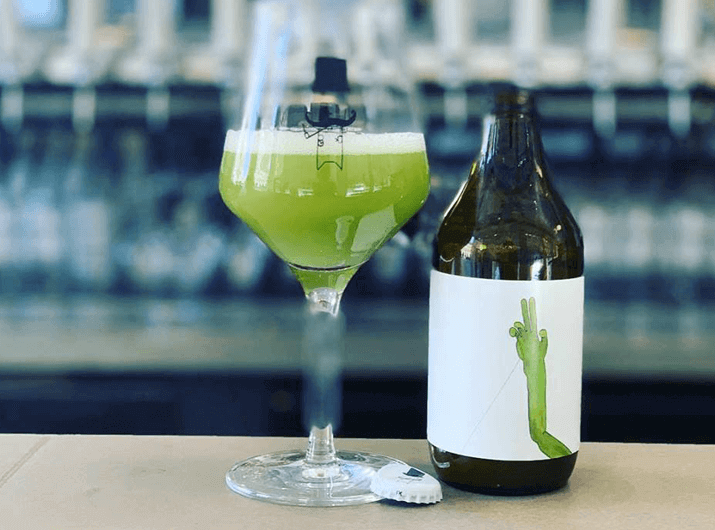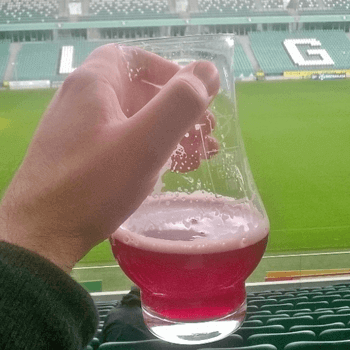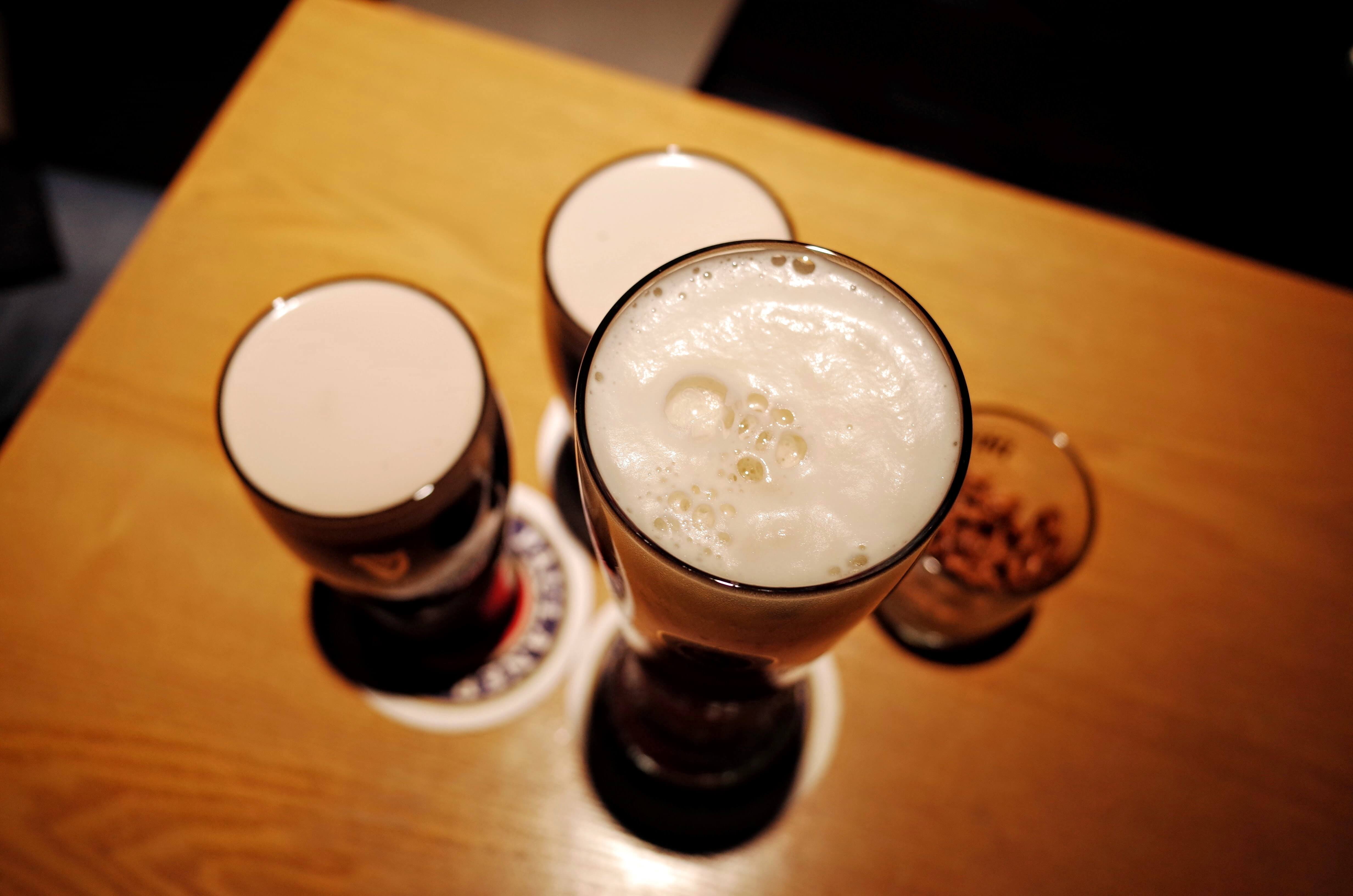
Everyone has asked themselves this question at least once: where does beer foam come from? To understand this phenomenon, read on. And if you're aiming for the perfect pour, whether from a bottle or on tap, we’ve got tips to help you get that ideal foamy head!
What causes foam in beer?
Beer foam can rise several centimetres above the rim, and true beer enthusiasts appreciate the unique aromas it releases. But contrary to popular belief, foam isn’t just about bubbles. While bubbles are created by carbon dioxide (CO2) naturally present in the bottle or keg, that’s only part of the story.
As the CO2 bubbles rise, they drag proteins of various sizes to the surface. The more protein molecules the beer contains, the thicker and more stable the foam will be.

However, these bubbles don’t last forever. As you’ve probably noticed, they burst over time, gradually causing the foam to disappear.
Tips for getting a perfect beer head
Want to impress your friends with a perfect pour? Here are a few simple tips to create a thick, long-lasting beer head.

Whether pouring from a tap or bottle, start with the right glass. Make sure it's the appropriate size—25 cl or 33 cl depending on your beer. The key is in the technique. Tilt your glass at a 45° angle and pour slowly. As the glass fills, gradually straighten it to allow the foam to form and settle naturally at the top. Aim for a foam head that takes up about 2 to 3 centimetres of the glass for optimal aroma and presentation.
Choosing the right glass also enhances your beer experience. If you're a fan of certain breweries, consider getting their branded glasses—whether classic or uniquely shaped. Discover a wide selection of beer glasses in the PerfectDraft collection !
Discover other articles about beers : recipe of Bavarian roast pork and Beer and chocolate deal !
ALCOHOL ABUSE IS DANGEROUS TO YOUR HEALTH. DRINK RESPONSIBLY.


